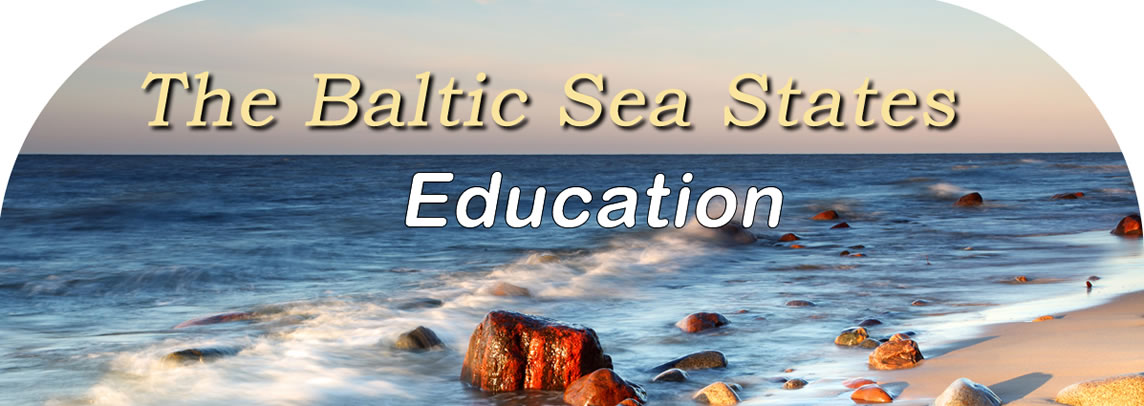
Education Policies in
Lithuania
In the Middle Ages, education
was mainly the province of the churches, and that was true in
Lithuania as well. The first Lithuanian school was begun at Vilnius
Cathedral in 1387. Soon many church schools were providing
elementary education. In 1579 Vilnius University was opened, and
students no longer had to travel to Krakow for higher education.
This continued until the mid-1860s, when Lithuania was under Russian
control and Lithuanians began a rebellion. Czar Alexander II cracked
down, and put Russian officials in charge of education. The schools,
which were still church-run, were ordered to teach the Russian
Orthodox religion instead of Catholicism. They were also required to
teach writing in the Cyrillic alphabet, not the Latin one.
After World War I and the Russian Revolution, Lithuania became
independent, and began to re-establish and also modernize its
educational system. For the first time, lessons were in Lithuanian
rather than Latin. But in 1940, Lithuania found itself under Russian
control again, when it was annexed by the Soviet Union. After World
War II, the Soviets made a number of changes in Lithuanian
education. They banned the study of Latin, religion, and philosophy,
and required courses in Russian. They de-emphasized the humanities
and focused on scientific and technical fields. They touted the
virtues of Marxism. On the other hand, the Soviets introduced
curriculums that were more modern and more suited to a growing
industrial nation; they also made college available to workers and
peasants.
In 1991 Lithuania again became an independent country. Today the
Ministry of Education and Science administers schools and develops
educational policies. Two of the Ministry's stated goals are "to
implement the national system of formal and non-formal education"
and to create "conditions for life-long learning in a changing
democratic society." Education is taken very seriously in Lithuania;
in 1999, 26% of the national budget was designated for it. Schooling
through secondary school has been compulsory since 1978, and 100% of
Lithuanians 15 years old and older are literate. Around 90% of
Lithuanians speak at least one foreign language, and half the
population speaks two.
Lithuania has 23 universities, and students who do well in secondary
school are guaranteed free college tuition. In 2002, 68% of students
went to college free. About 1/3 of Lithuanians have college degrees,
twice as many as the European average. Two of the strengths of
Lithuanian universities lie in good policy decisions. The
universities are self-governing, assuring academic freedom, and
teaching and research are kept separate, leaving professors free to
concentrate on teaching.
This sounds like an ideal situation, and Lithuania's commitment to
education is admirable. But it's also backfiring somewhat.
Lithuania's population is decreasing, as educated, multi-lingual
Lithuanians leave to pursue better-paying job opportunities in
western Europe. Since 2004, the population has gone down by about
180,000; since 2011 alone, by about 87,000.
Lithuanians agree that the answer is not less education, but an
improved economy and more job opportunities. Lithuanians will
continue to value education as they always have.

© Baltic21.org
2013, All Rights Reserved |

